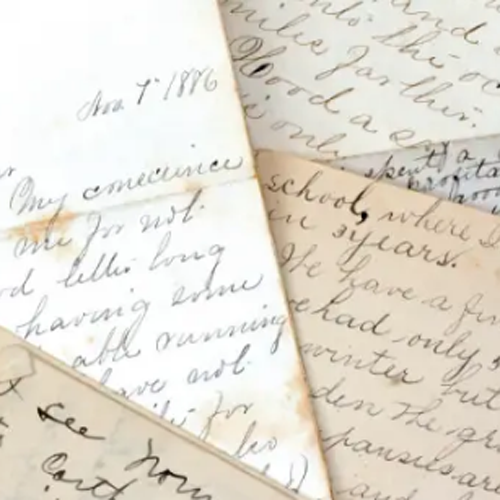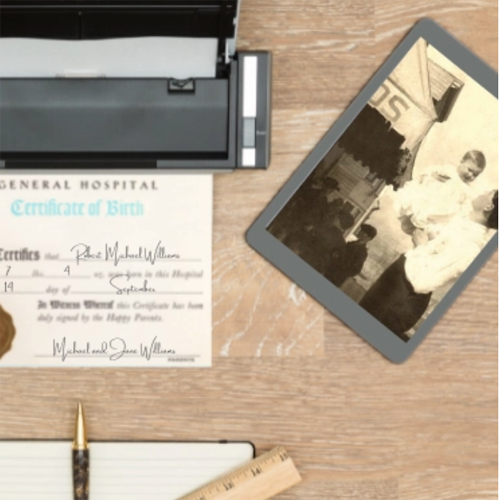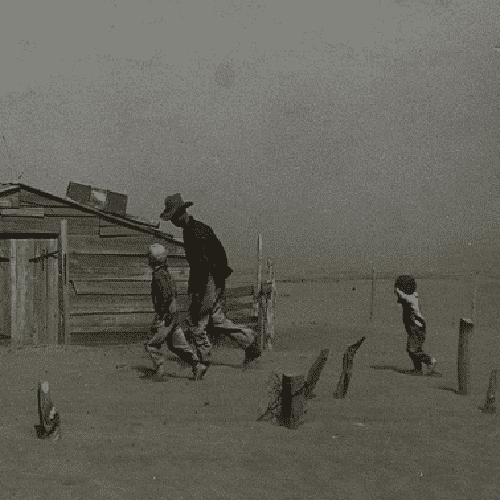| 6 Steps to Preserve Handwritten Documents |
| Handwritten documents are akin to genealogical gold; not only for the information they can provide but because they are intimate objects that offer a personal view of a moment in someone's life. To ensure that your letters and documents are safely preserved, be sure to follow these steps. 1. Carefully unfold letters and documents allowing brittle paper to gradually relax in the natural temperate humidity of your home. Avoid flattening creases which can cause folds to crack or split when forced open. 2. Store envelopes with open pages of letters inside the same acid-free folder. Remove any fasteners such as staples, paper clips, or pins that can cause rust. Place folders vertically inside a metal file cabinet or acid-free file box for access and preservation. 3. Sometimes, old documents become disorganized and scattered. Save empty envelopes and loose pages in separate acid-free folders. The addresses and information can be invaluable in tracing ancestral locations and relations. 4. To display an original heirloom handwritten document, be mindful of the three main causes of deterioration: light, air, and handling. Light and air cause ink to fade and paper to degrade. A good option is to make a high quality full-color copy of the original and frame the copy for display instead of the original. 5. Original documents should be framed using only archival materials, including UV protective glass and sealed wood or metal frames. This can be quite expensive but worth the cost for priceless heirlooms. Never display original handwritten paper in bright light. Choose a dim hallway or protected wall, instead. 6. Consider using handwritten documents as part of your home decor or for family gifts. Recipes scrawled in familiar handwriting can be scanned and printed on kitchen towels, coffee mugs, and pillows at online photo sites like Shutterfly.com or Snapfish.com. |


















